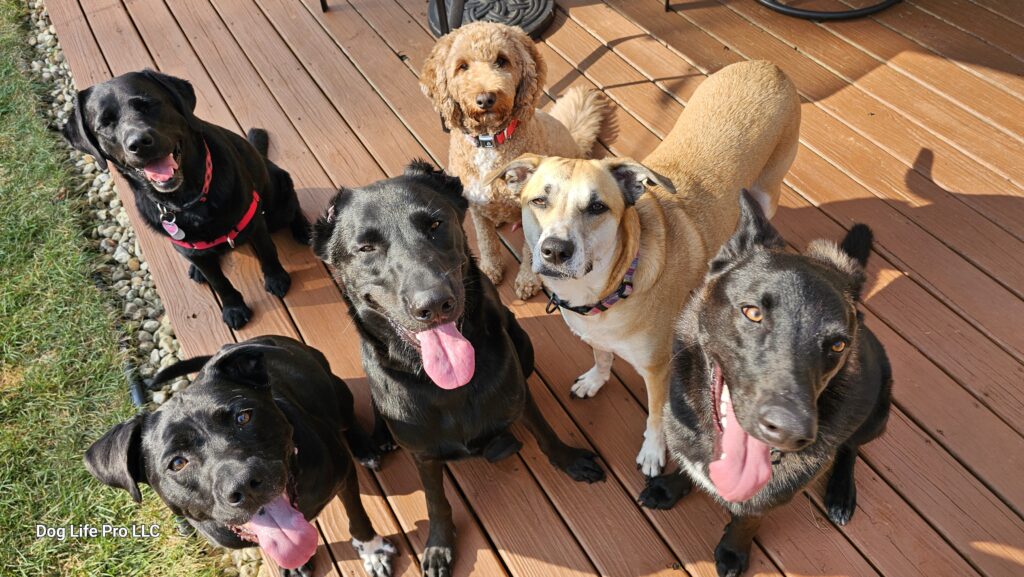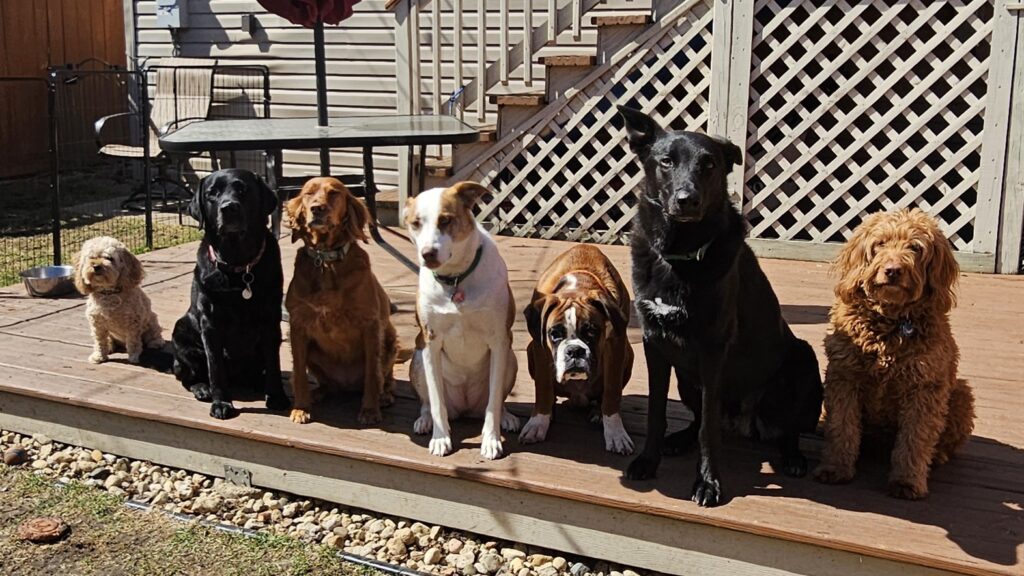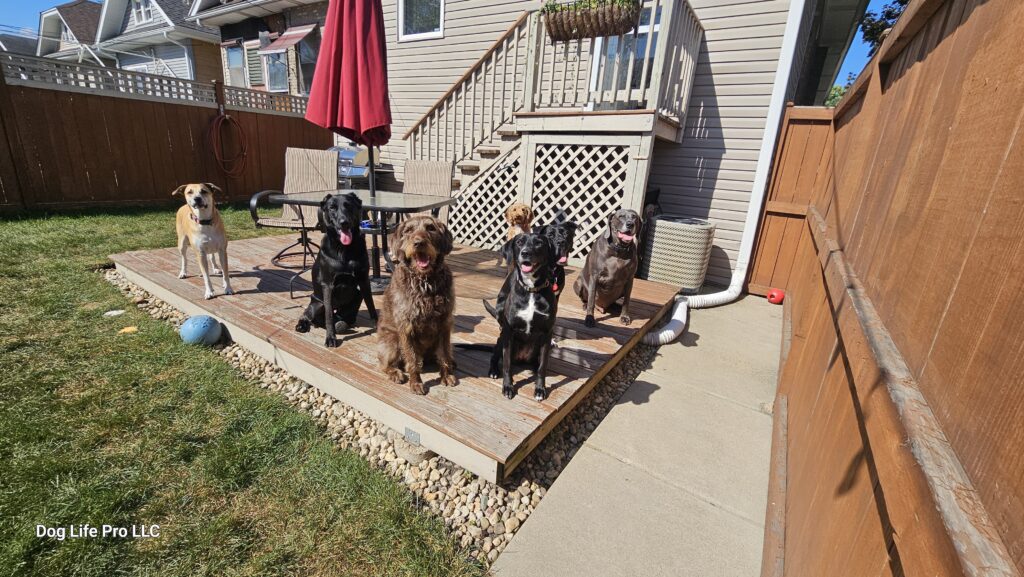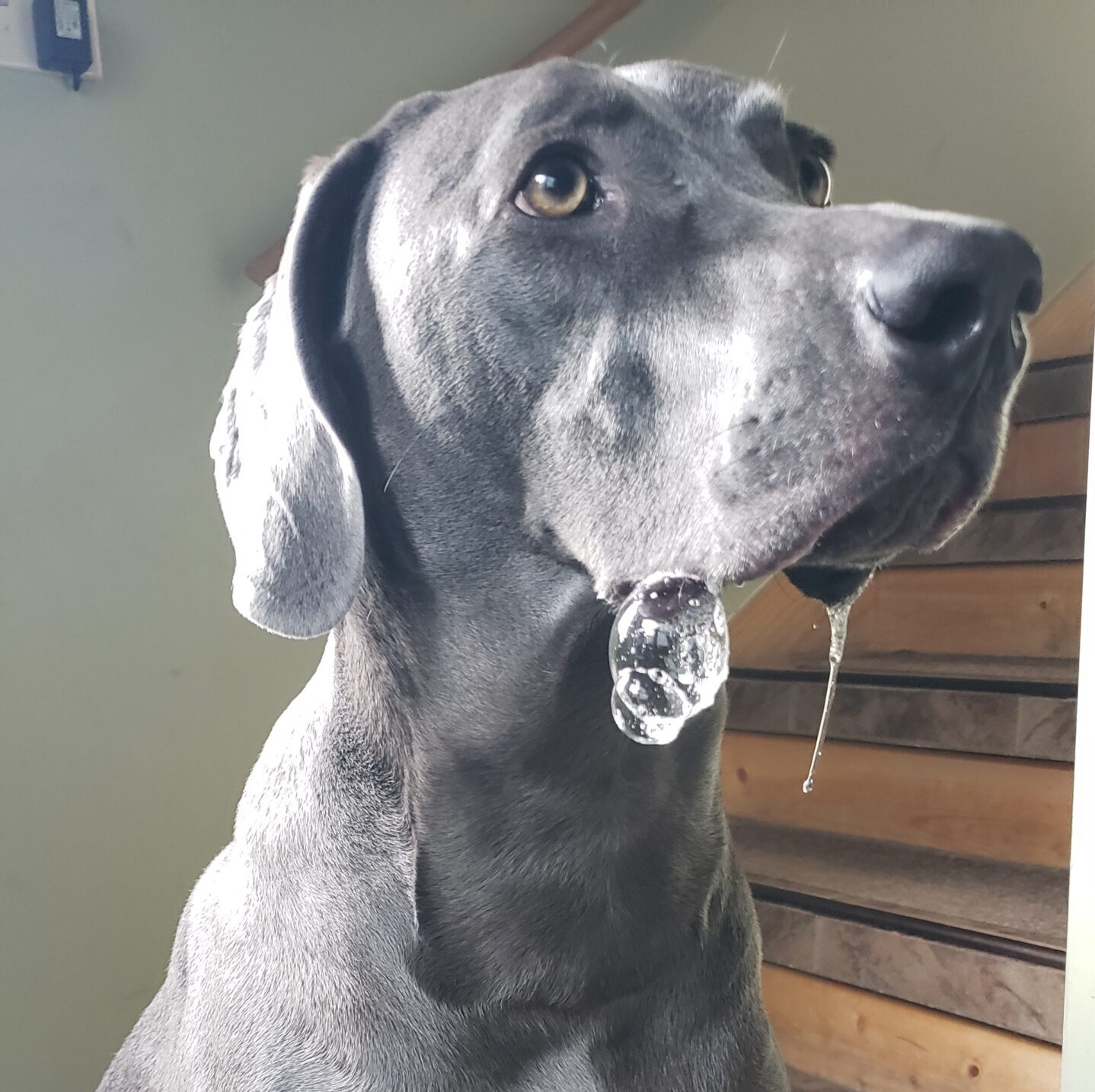Dog Training Treats: Why They’re Essential, Not Bribes
Dog training treats aren’t bribery—they’re American Veterinary Society of Animal Behavior in action. Just like we work for a paycheck, dogs are motivated by rewards. When used correctly, treats become powerful teaching tools that shape reliable behavior and build a stronger bond between you and your pup.
So, why exactly are treats so important in dog training? Let’s break it down.
 How Dog Training Treats Shape Behavior
How Dog Training Treats Shape Behavior
In behavioral science, a treat is a primary reinforcer. It taps into your dog’s natural drive to work for food. Unlike secondary reinforcers (like praise or toys), food works immediately and universally—making it the perfect tool to reinforce new skills and attention.
This isn’t bribery. This is the foundation of positive reinforcement training.
Internal Link Suggestion: Read more about positive reinforcement for dogs
 Timing and Type of Dog Training Treats Matter
Timing and Type of Dog Training Treats Matter
When using treats, timing is everything. If you reward your dog more than 5 seconds after a behavior, they won’t associate the treat with the action. 2 – 5 seconds is your reinforcement target window to make great progress.
The type of treat matters too. Choose something high-value, like soft meat treats or jerky over dry biscuits. Your dog is more likely to repeat behaviors that earn them something they really love.
 Avoid Luring: Don’t Show the Treat First
Avoid Luring: Don’t Show the Treat First
If you show your dog the treat before asking for a behavior, you’re luring—not training. This teaches your dog to only listen when you’ve got food in hand. Some people may think using treats are bribery because their dog only executes skills when they have a treat in their hand. If you’ve been training your dog this way, then it makes sense why you may see using treats as bribery. You want your dog to think you’re a magical Pez dispenser.
Instead, give the cue first. Once your dog performs the behavior, then reward them. That sequence builds real reliability, not food-dependence.
 Consistency Builds Confidence
Consistency Builds Confidence
One of the most underrated tricks of successful training? Consistency. Use dog training treats often—especially early in the learning process—to build a clear link between paying attention and getting rewarded. After you’ve made the skill strong you can reduce the frequency in which you deliver a treat. This is called a variable reinforcement schedule. If you reduce the frequency slowly, over time, the behavior you’re teaching your dog will actually become stronger. Your dog will, think, “I know I got a reward for that before, so I will keep trying!” You’ve taught them persistence!
Dogs are quick learners when they know their efforts pay off.
 Always Carry Treats with You
Always Carry Treats with You
Yes, always. Keep them in a pouch, pocket, or treat bag. If you don’t have treats on you, you will not be able to reinforce behaviors in the 2 – 5 second window we discussed. More importantly, your dog will learn he only has to execute the skills you ask when you’re near the cupboard or treat jar.
Reinforcing those behaviors on the spot helps you capture and repeat them in the future.
 Real Example: Treats in Action
Real Example: Treats in Action
The dogs in the photos below? They’re sitting and waiting for me to ask for a cue—not because I’m magical, but because they know I have dog training treats. Over time, they’ve learned that staying calm and focused leads to tasty rewards.
 Conclusion: Treats Are Tools, Not Tricks
Conclusion: Treats Are Tools, Not Tricks
Used properly, high value dog training treats are a science-backed way to build better behavior and communication with your dog. They’re not bribes—they’re payment, motivation, and encouragement all rolled into one.



